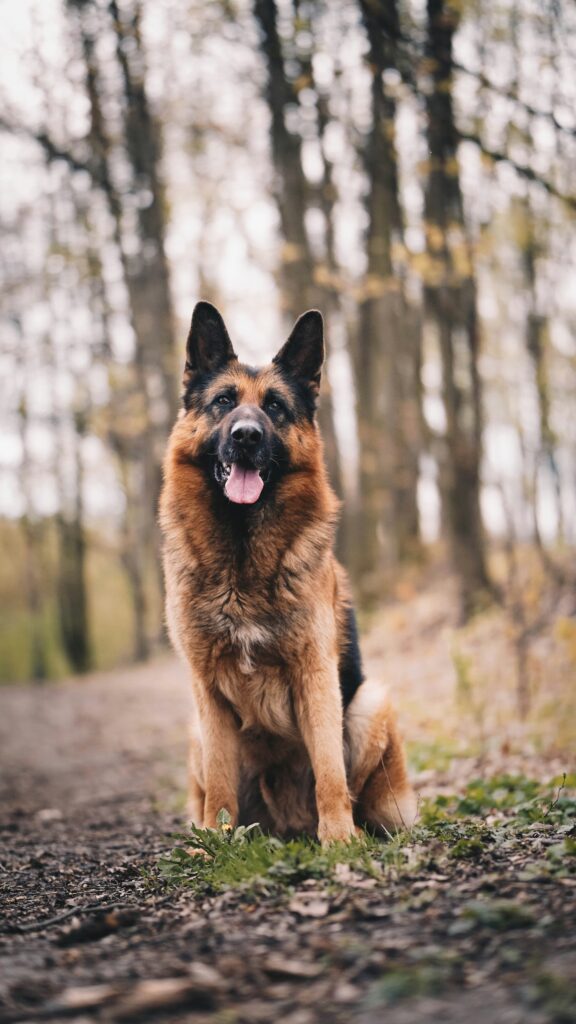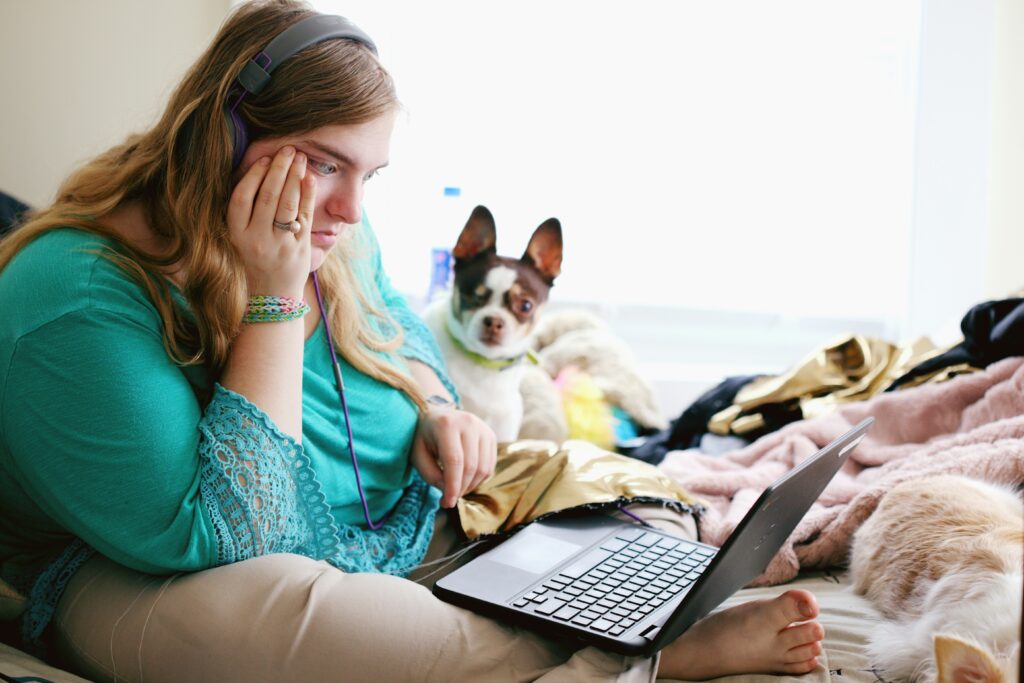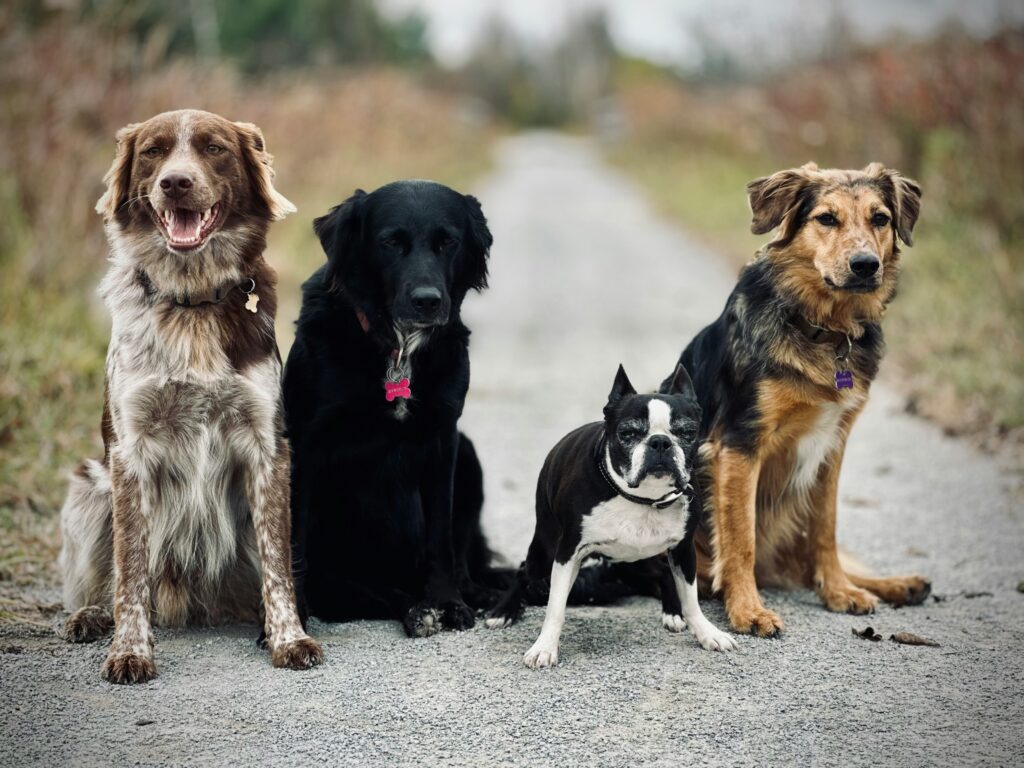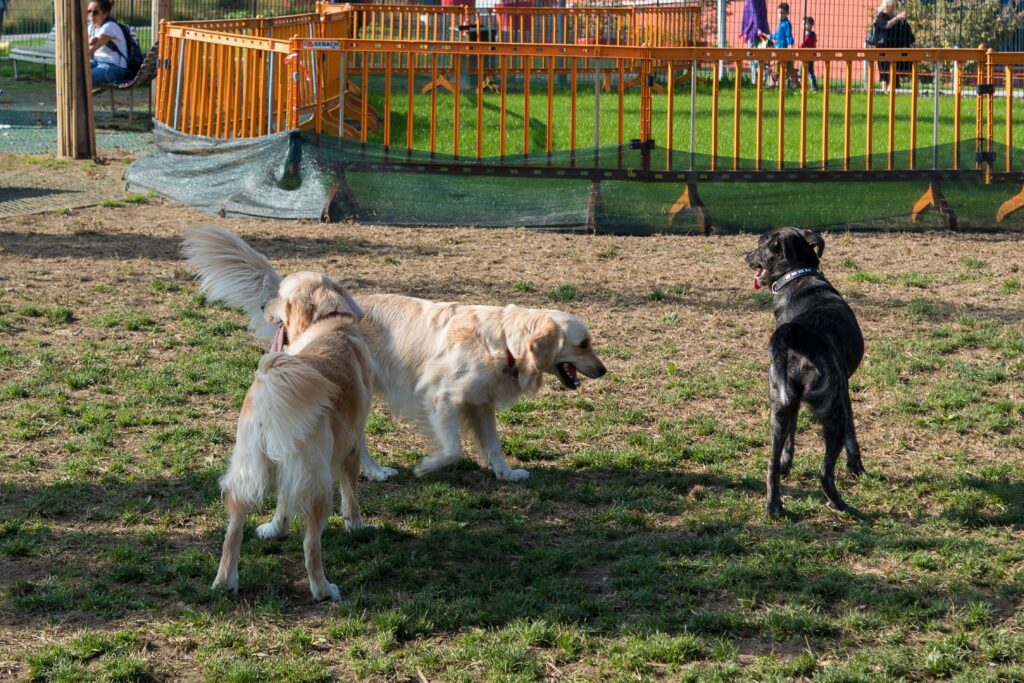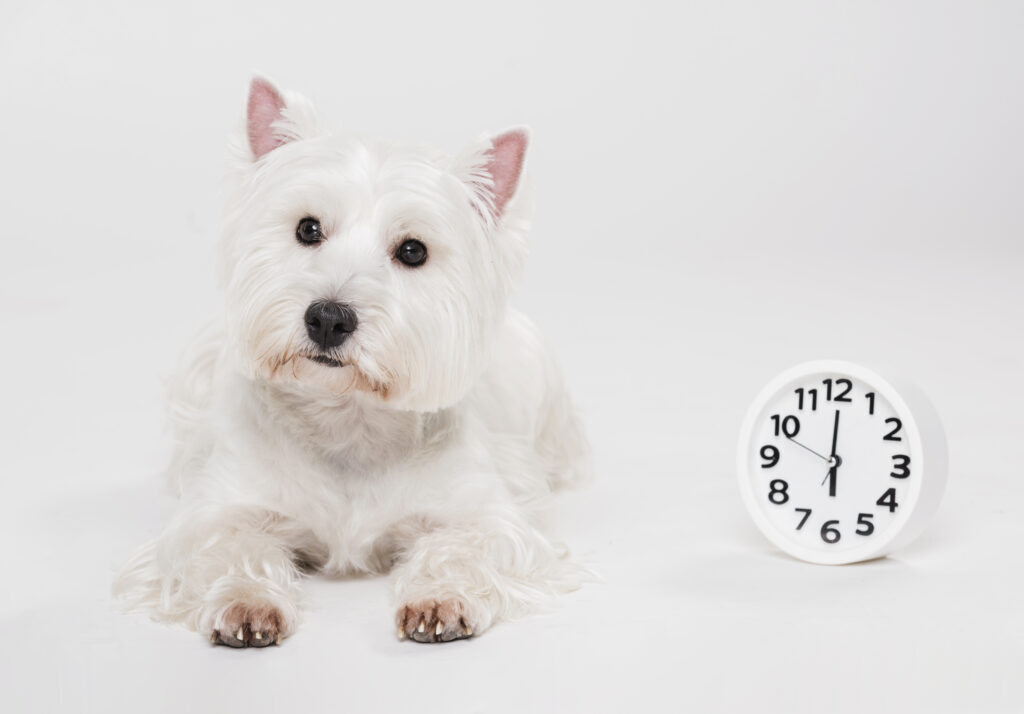
We will be “falling back” an hour, and while you might be celebrating that extra hour of sleep, your dog’s internal clock didn’t get the memo. That’s because dogs don’t understand daylight saving time—and honestly, why should they? Their bodies are regulated by natural rhythms, routines, and the predictable patterns you’ve established together as a family.
If your dog has been waking you up an hour earlier than usual, pacing by the door when it’s not quite walk time, or seeming confused about meal schedules, you’re not imagining it. The time change genuinely affects our dogs, sometimes more significantly than it affects us. Let’s talk about why this happens and, more importantly, what we can do to help our dogs—and ourselves—through this biannual disruption.
Why Dogs Are So Affected by Time Changes
Unlike humans who can intellectually understand “the clocks changed,” dogs experience time through their circadian rhythms, routine patterns, and their deep attunement to family rhythms. When we suddenly shift everything by an hour, we’re essentially disrupting their entire understanding of how the day flows.
Dogs Are Creatures of Rhythm and Routine
Think about it from your dog’s perspective. They know that breakfast happens when the house smells a certain way, when light comes through the windows at a particular angle, when you shuffle into the kitchen in your robe. They know walk time by the way your energy shifts, by environmental cues, by the settling of the household. These aren’t just habits—they’re how dogs make sense of their world and feel secure in it.
When we change the clocks, we’re not just shifting numbers on a screen. We’re changing when they eat, when they go outside, when they get exercise, when the house gets quiet for sleep. For a species that thrives on predictability and reads the environment constantly for cues about what happens next, this is genuinely disorienting.
Their Bodies Don’t Know What Time It Is
Dogs operate on circadian rhythms just like we do—internal biological clocks that regulate sleep-wake cycles, hunger, body temperature, and hormone production. These rhythms are influenced by natural light cycles, not by what our phones tell us.
So when daylight saving time ends in fall and it suddenly gets dark much earlier in the evening, your dog’s body is still expecting dinner, play, and wind-down time based on natural light cues. When spring arrives and we “spring forward,” your dog’s body might still need sleep when you’re trying to get them up and active. Their internal clock takes time to adjust—usually about a week or so—and during that adjustment period, behaviors can emerge that communicate their confusion and unmet needs.
What You Might Notice in Your Dog
Every dog responds to disrupted rhythms differently, depending on their genetics, age, stress levels, and how rigid their daily routine typically is. You might see:
Changes in wake-up times: Your dog suddenly acting as their internal alarm clock at what is now 5 AM on your clock but still feels like 6 AM to them.
Appetite shifts: Seeming hungrier earlier or less interested in meals at the “new” time because their digestive system is still on the old schedule.
Bathroom urgency: Needing to go out earlier than usual or having accidents because their biological rhythms haven’t caught up with your new schedule.
Restlessness or anxiety: Pacing, whining, or seeming unsettled because the predictable patterns they rely on suddenly feel “off.”
Energy level mismatches: Being sleepy when you need them active or hyperactive when you’re trying to wind down for the evening.
Increased shadowing or clinginess: Following you more closely because the disrupted routine creates mild stress, and you are their secure base.
These aren’t “bad behaviors” or disobedience—they’re communication. Your dog is telling you that something in their world feels unpredictable right now, and they need help reestablishing security and rhythm.
How to Help Your Dog Adjust: Practical Strategies
The good news is that you can help your dog transition more smoothly through some thoughtful, gradual approaches that honor their need for predictability while gently shifting their schedule.
Start with Gradual Shifts (If Possible)
If you’re reading this before the time change happens, you can help your dog adjust by gradually shifting their schedule by 10-15 minutes every couple of days in the week leading up to the change. Move mealtimes, walk times, and bedtime routines slightly earlier (in fall) or slightly later (in spring) so the one-hour shift isn’t so abrupt.
If you’re reading this after the fact (like most of us), don’t worry—you can still use this gradual approach going forward. Rather than forcing the new schedule immediately, meet your dog where they are and shift incrementally.
Maintain Consistent Routines (Even If Times Shift)
While the clock times are changing, keep the sequence and structure of your routines exactly the same. If your morning routine is: wake up, potty break, breakfast, walk, settle time—keep that exact sequence even if each element is happening at a different hour. The predictability of the pattern helps your dog feel secure even as the timing shifts.
The ritual matters more than the clock time. Dogs don’t wear watches, but they understand sequence, rhythm, and the emotional energy you bring to each part of the day.
Use Natural Light to Your Advantage
Since dogs’ circadian rhythms respond to natural light, use daylight exposure to help reset their internal clocks:
- Morning light exposure: Get your dog outside into natural daylight as early as possible in the morning. This helps signal to their body that it’s time to be awake and active.
- Evening dimming: As it gets dark earlier in fall, use that natural darkness as a cue to begin wind-down routines earlier than you did before. Close curtains, dim lights, and create a calm environment that matches the darkness outside.
- Quality walks: Prioritize walks during daylight hours when possible, as the combination of exercise, natural light, and environmental enrichment supports healthy circadian rhythm regulation.
Adjust Exercise and Enrichment Timing
Your dog’s energy needs haven’t changed, but when they need to burn that energy might feel different during the transition. If your dog is suddenly wired at 8 PM when they used to be settling down, they might need an extra enrichment opportunity earlier in the evening. If they’re sleepy during what used to be play time, they might benefit from a gentler activity or allowing them to rest.
Pay attention to your individual dog’s energy patterns during this adjustment period rather than rigidly sticking to what “should” be happening at certain times.
Be Patient with Bathroom Schedules
During the adjustment period, your dog’s digestive system and bathroom needs might not align perfectly with your new schedule. This is especially true for puppies, senior dogs, and dogs with any health issues.
- Offer extra bathroom breaks during the first week
- Don’t punish accidents—they’re not defiance, they’re biology
- If your dog is waking you earlier for bathroom needs, respond to them; their body genuinely needs to go
Remember: bathroom needs are physiological, not behavioral issues. Responding with patience rather than frustration helps your dog feel safe during an already confusing time.
Consider Individual Differences
Not all dogs adjust at the same pace, and that’s completely normal. Factors that influence adjustment include:
Age: Puppies and senior dogs may have a harder time adjusting because their systems are either still developing or becoming less flexible.
Breed genetics: Some breeds are more adaptable to change, while guardian breeds or those with strong routine-oriented genetics may find disruptions more stressful.
Stress levels: If your dog is already experiencing other stressors (recent move, changes in family, health issues), the time change may compound their stress.
Routine rigidity: Dogs who thrive on very precise routines may need more gradual transitions than more flexible dogs.
This is where the L.E.G.S.® framework becomes helpful—considering your dog’s Learning history, Environment, Genetics, and Self (including health, age, and stress levels) allows you to individualize your approach rather than following one-size-fits-all advice.
Don’t Forget: You’re Adjusting Too
Here’s something we often overlook: if you’re feeling grumpy, tired, or out of sorts from the time change, your dog is picking up on that energy. Dogs are masters of social referencing—they look to us for cues about whether things are okay or not. If we’re stressed about the disrupted schedule, rushing through routines, or feeling irritable about the earlier wake-up calls, our dogs feel that tension.
Take care of yourself during this transition too. Be gentle with yourself if things feel chaotic for a few days. Your own adjustment supports your dog’s adjustment because you’re a system, not separate beings operating independently.
When to Seek Additional Support
For most dogs, time change adjustment is temporary and resolves within 7-10 days with patience and gradual schedule shifts. However, some situations warrant additional support:
- If your dog’s anxiety or stress behaviors escalate rather than improve after two weeks
- If bathroom accidents continue beyond the adjustment period
- If your dog seems genuinely distressed rather than just confused
- If the disruption reveals underlying anxiety or routine-dependency that might benefit from behavior support
These signs don’t mean anything is “wrong” with your dog—they simply indicate they might benefit from individualized support to build flexibility and resilience around routine changes.
The Bigger Picture: Building Flexibility
While we’re focused on this specific time change, there’s a broader principle here: helping dogs develop flexibility around routines while still honoring their need for predictability is one of the most valuable things we can do for their long-term wellbeing.
Life doesn’t always happen on schedule. We get sick, family schedules change, emergencies arise, we travel. Dogs who can tolerate some variation in routine while maintaining a sense of security are more resilient and less stressed overall.
You can build this flexibility gradually by occasionally varying minor aspects of routines intentionally—sometimes breakfast happens in the kitchen, sometimes on the porch; sometimes walks go clockwise around the block, sometimes counterclockwise. Small variations within a generally predictable structure help dogs learn that change doesn’t equal danger.
Moving Forward
The time change is temporary, and your dog will adjust. In the meantime, offer patience, maintain the structure and rituals that create security, and remember that any “difficult” behaviors are simply your dog communicating that their world feels a little uncertain right now.
You’re not doing anything wrong if your dog struggles with this transition. You’re not failing if they wake you up too early or seem confused about schedules. You’re just living with a being whose internal clock runs on rhythms older and deeper than human inventions like daylight saving time.
Meet them where they are. Adjust gradually. Stay connected to the routines and rituals that create safety. And before you know it, everyone in your household will have found their rhythm again—at least until we do this all over again in spring.




